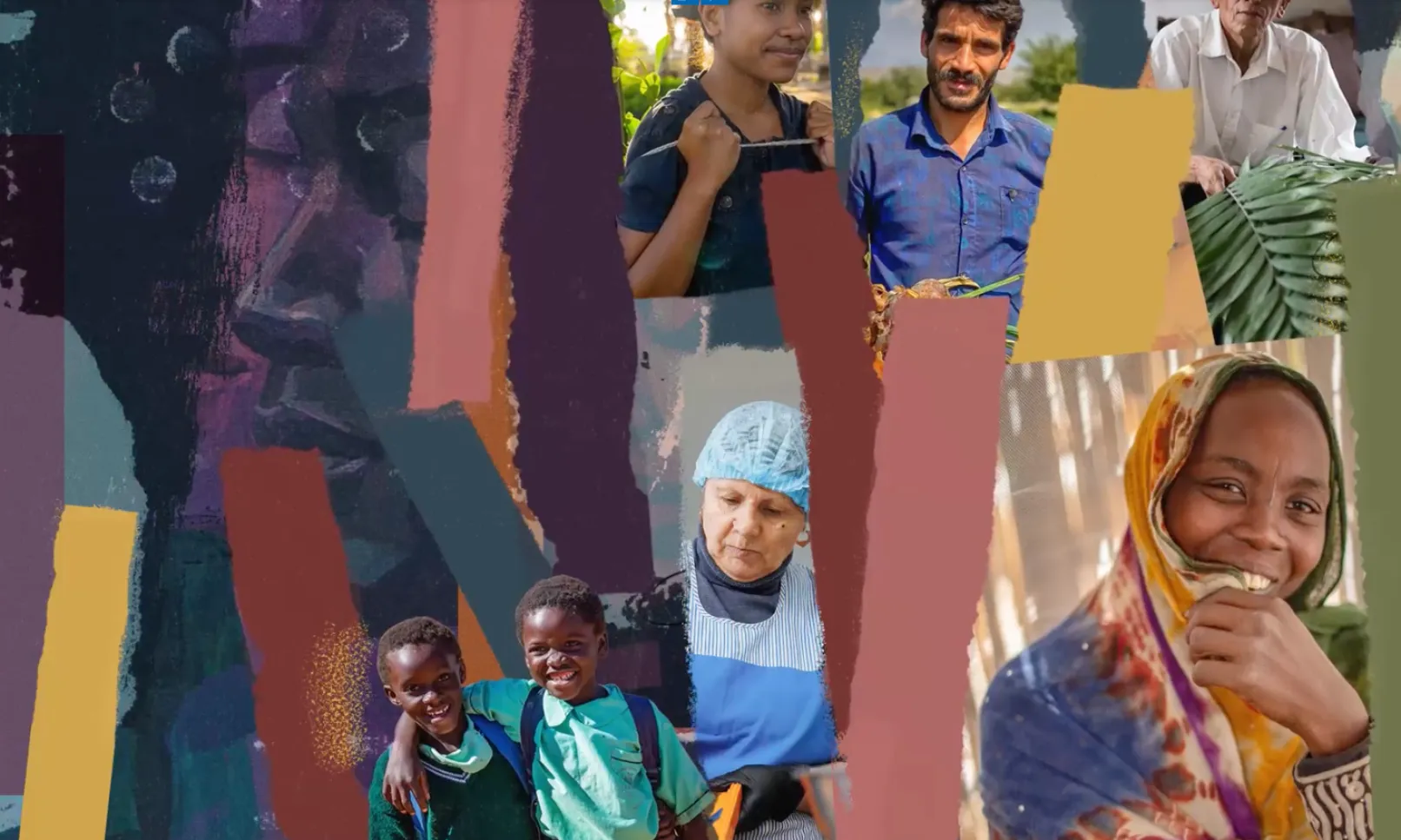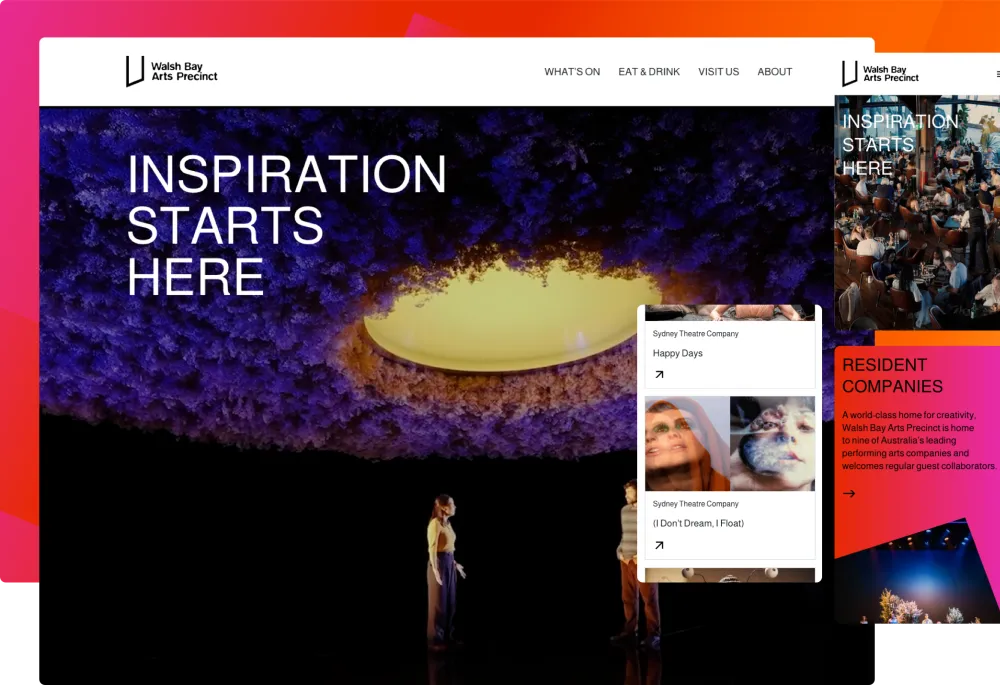Sector(s)
200 corporate websites
UNDP chose Drupal for its ability to manage over 200 websites efficiently, offering scalability and flexibility essential for their global operations. The platform's multisite capabilities allowed for centralized control, with local adaptability, enabling regional teams to customize content while maintaining consistency. Leveraging Acquia tools, Drupal facilitated a user-friendly experience and faster performance, aligning with UNDP’s mission to enhance its digital presence in support of global development goals.
The primary goal of the project was to digitally transform the United Nations Development Programme’s (UNDP) web presence, enabling it to better support its mission of eradicating poverty and fostering sustainable development. This transformation involved redesigning and replacing over 200 existing corporate websites with a new platform that was scalable, flexible, and reusable. Key requirements included a user-friendly content management system for global web editors, enhanced search capabilities, and the ability to maintain consistency while allowing for localized content customization.
Timeline and Major Milestones
The timeline for the project was strategically planned to ensure a seamless transition across UNDP’s numerous sites. Major milestones included the initial development and deployment of the platform, the integration of Acquia tools such as Site Studio and Site Factory, and the gradual rollout of enhanced search functionalities. The phased approach allowed for iterative improvements and feedback integration, ensuring the system met UNDP's diverse needs effectively.
What Makes the Project Special?
This project was unique due to its scale and the multifaceted nature of UNDP's operations. Managing over 200 sites with diverse regional content needs required a sophisticated balance of centralized governance and local flexibility. The integration of advanced tools for site building and management enabled a cohesive yet adaptable digital presence that could support UNDP’s global initiatives effectively.
Project Management Approach
An Agile project management approach was employed, focusing on iterative development and continuous feedback integration. This methodology allowed the project teams to remain flexible and responsive to the challenges presented by managing such a large-scale digital ecosystem. Regular sprint reviews and retrospectives ensured alignment with UNDP's evolving requirements and facilitated collaborative problem-solving.
Project Outcome and Problem Solving
The outcome of the project was transformative for UNDP, enhancing its global digital presence and operational capabilities. By standardizing the website platform across multiple sites, UNDP addressed several critical business problems, including inconsistent branding, inefficient content management, and cumbersome site maintenance processes.
Results Achieved
The implementation of Drupal resulted in significant improvements in performance and user experience, including faster search capabilities and streamlined content management. The platform's scalability and flexibility reduced the overhead of managing multiple sites, thereby enhancing operational efficiency. These advancements allowed UNDP to focus more effectively on its core mission, providing a robust digital foundation for future growth and engagement with global audiences.
Overall, the project successfully met its objectives, positioning UNDP to leverage digital technology in advancing its mission of sustainable development on a global scale.
Back to topDrupal was selected by the United Nations Development Programme (UNDP) for its comprehensive digital transformation due to several key strengths that met the project's challenging demands:
-
Scalability and Reusability:
- High Scalability: Drupal’s robust architecture allowed UNDP to manage over 200 corporate websites efficiently, with the flexibility to onboard additional sites in the future. The platform’s scalable nature ensured that UNDP could expand its digital presence without needing extensive reconfiguration or redevelopment.
- Reusable Components: With tools like Acquia Site Factory, Drupal enabled the reuse of core components and templates, saving time and resources while allowing for consistent branding across various sites.
-
Flexibility and Multisite Management:
- Centralized Management with Local Flexibility: Drupal’s multisite capabilities aligned perfectly with UNDP's needs to centrally control and manage multiple microsites, while still granting regional teams the flexibility to tailor content for local audiences. This balance facilitated consistency and adaptability for diverse regional requirements.
-
User-Friendly Experience:
- Ease of Use for Global Teams: By leveraging Acquia Site Studio, Drupal provided an intuitive interface that empowered UNDP’s web editors around the world to add, update, and make essential changes to site content efficiently, improving their ability to deliver user-friendly experiences.
-
Improved Performance and Accessibility:
- Enhanced Search and Speed: The implementation of Acquia Search with Drupal resulted in faster response times and an improved search experience for users, ensuring that UNDP’s vast information resources were easily accessible to audiences worldwide.
By choosing Drupal, UNDP was able to redefine its digital presence with a future-ready platform that not only supported their mission of sustainable development but also enabled them to build engaging, localized digital experiences at scale, advancing their global outreach and impact.

Technical Specifications
Drupal version:
Key modules/theme/distribution used:



